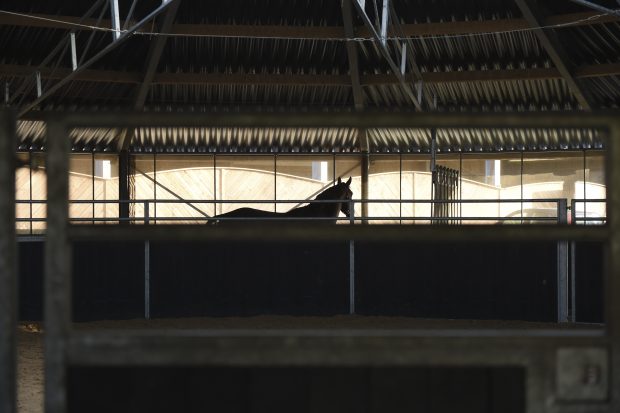All top-class equine athletes from Derby winners to dressage stars, have two things in common: inherited ability and optimum fitness.
While we cannot change the horse’s genes, you can change your training regime, as Dr David Marlin, head of physiology at the Animal Health Trust (AHT) explains: “Training is an art, but understanding the physiology of the horse can help you perfect your art.”
So what is exercise physiology? Dr Marlin defines it as “the study of all the systems used in exercise” and says it is important to look at the whole as well as individual elements.
“Sometimes we may be particularly interested in the respiratory system, but we can’t forget its link to the heart. Similarly, all blood which flows around the body goes through the lungs,” he explains.
Although training programmes vary according to the horse’s job, according to Dr Marlin, they all have four common purposes:
- Increasing the horse’s exercise capacity
- Increasing the time to the onset of fatigue
- Improving overall performance by increasing skill, strength, speed, endurance as relevant
- Decreasing the risk of injury
Nearly all horse sports are predominantly aerobic and most of the fitness work we do with horses improves aerobic capacity.
“It’s far more difficult to train for pure strength and speed in horses than it is in humans. Strength training for a human weight lifter and speed training for 100-metre runner involve large amounts of work in the gym with weights,” explains Dr Marlin.
“The only real equivalent for horses might be very short interval work with repetitions of 100-metre sprints or draught work pulling a very heavy weight.”
Loading a treadmill so the horse “pulls” extra weight in safe conditions is just one area Dr Marlin is investigating. He and his team have also discovered that a horse’s breathing mechanism changes at canter and gallop to move air in a more efficient way.
“We used to think that when the horse inhaled, the ribcage moved out as the chest expanded, and when it breathed out, the ribcage went in,” he explains. “But observing horses on the treadmill, we realised that in canter and gallop, the chest moves very little. We discovered that the horse locks the ribcage, so all ventilation comes from the diaphragm, not from expansion of the ribcage.”
Also related to breathing, studies from Australia have shown that if the girth is fastened too tightly, it affects the horse’s stride and performance.
“They thought it was because of the effect on the breathing, but we demonstrated that it was because of the effect on the muscles the girth goes over,” says Dr Marlin.
Three-day event riders in particular may need to re-examine their training methods after an Australian study found that only one in 13 horses reached a heart rate in training comparable to that in competition.
“This may suggest that many event horses aren’t being appropriately trained, but you have to put this in context against the way you balance your training,” he says. “You might want to exercise your horse harder, but this could put a question mark over keeping him sound.”
While the latest research certainly throws up a lot of food for thought, in some people my feel it raises as many questions as it answers.



